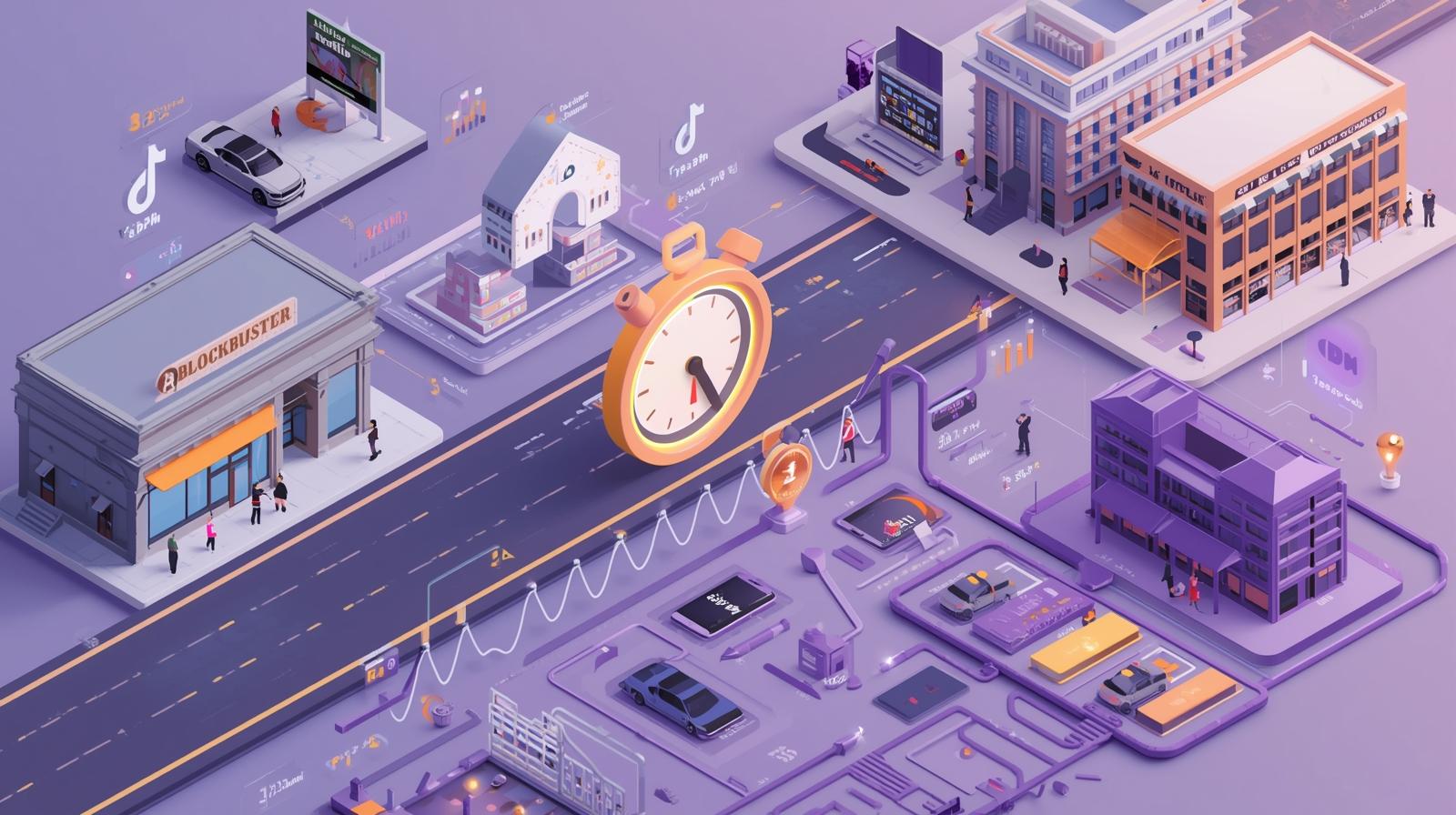Behind the Digital Footprint
We hear about climate change, CO2 reduction, and corporate responsibility every day. But have we ever considered how much our local servers or noisy data closets contribute to global warming?
As digital transformation accelerates, it's time to ask: what environmental impact does our technology have? Cloud computing is becoming a true alternative to traditional, on-premise infrastructure—but is it truly greener?
In this article, we:
- compare traditional vs. cloud models,
- explore Microsoft’s sustainability goals,
- and examine how Gloster Cloud helps companies move towards environmentally responsible IT.
The Hidden Environmental Cost of the Digital Age
Before we dive into the cloud vs. local debate, let’s look at the facts: the global IT sector is responsible for around 4% of all CO2 emissions—more than the entire aviation industry.
A single server emits 1.5–2 tons of CO2 annually—roughly equal to driving 6,000 km by car.
In Hungary, most SMEs still rely on on-premise servers that are often:
- Overprovisioned: up to 70–80% unused capacity,
- Outdated: running on 5–10-year-old technology,
- Poorly optimized in terms of cooling and energy usage.
On-Premise vs. Cloud: The Real Comparison
Challenges of the Traditional Approach
Typical issues with in-house infrastructure:
- Low energy efficiency and outdated hardware,
- High cooling demand, consuming up to 40% of total energy,
- Redundant backups = double power consumption.
Example: A 50-person company often runs 3–5 servers with just 15–20% average utilization.
Cloud Computing by the Numbers
With Azure and other cloud platforms, you get:
- Scalability: resources scale up and down as needed,
- AI-based optimization: machine learning predicts and reduces energy waste,
- Modern cooling technologies such as:
- liquid cooling instead of traditional AC,
- heat recycling to warm buildings,
- smart airflow control.
According to Microsoft, Azure datacenters can be up to 98% more energy efficient than traditional setups, cutting CO2 emissions by up to 70%.
Real-World Impact: A Hungarian Example
A 200-person manufacturing company:
- Before: 15 servers, 180 MWh/year
- With Azure: 25 MWh/year
- Savings: 155 MWh = 62 tons of CO2 = emissions of 31 cars per year
Microsoft Azure’s Sustainability Commitments
Sustainability is no longer optional—it’s strategy.
By 2030, Microsoft aims to:
- Become carbon-negative, removing more CO2 than it emits (including its supply chain),
- Use 100% renewable energy in all Azure datacenters by 2025,
- Be water-positive, restoring more water than it consumes,
- Send zero waste to landfills.
Innovations in practice:
- seawater cooling in Finnish datacenters,
- immersion cooling up to 95% more efficient,
- AI-optimized global workload distribution to the greenest regions.
How Gloster Cloud Supports Green Transition
Custom sustainability strategies:
- Infrastructure audit: energy use, utilization, and inefficiencies,
- Step-by-step cloud migration plan: identify the best candidates for Azure.
Optimization in practice:
- automatic shutdown of dev environments after hours,
- use of reserved and spot instances for cost and energy savings,
- Azure Sustainability Calculator for CO2 reporting and ESG documentation.
Tools for green operations:
- Microsoft 365 carbon insights (e.g. Teams and Outlook),
- Power BI dashboards for environmental impact monitoring,
- Azure IoT for smart buildings and energy management.
The Business Benefits of Green IT
- Lower costs: less energy = lower bills,
- Compliance: meet tightening EU regulations,
- Employer branding: green companies attract young talent,
- Investor appeal: ESG scores matter more than ever.
Myths vs. Facts
“Cloud is more expensive.”
→ It may seem so at first, but long-term costs are lower due to reduced maintenance and energy.
“No control over environmental impact.”
→ In fact, advanced analytics offer better visibility than ever.
“It’s only for big companies.”
→ SMEs often see the biggest improvements proportionally.
What’s Next? Start Your Green Journey
- Run a sustainability audit,
- Create a transition plan,
- Start with a pilot project,
- Monitor and improve continuously.
Gloster Cloud can support you every step of the way—from assessment to full migration and optimization.
Final Thoughts: A Sustainable Future is a Digital One
Digital transformation is only valuable if it’s sustainable. Cloud computing is more than a trend—it’s a pathway to responsible growth.
The real question is not whether to move to cloud—but how and when.
Let Gloster Cloud help you make the green transition that benefits both your company and the planet.
Ready for the Green IT revolution?
Reach out to our experts and see how your IT infrastructure can become smarter, greener, and future-ready.





